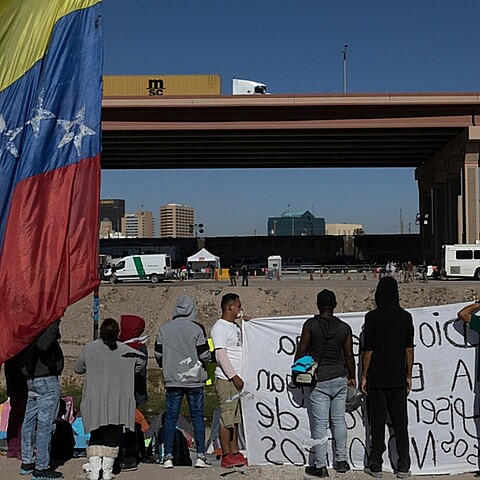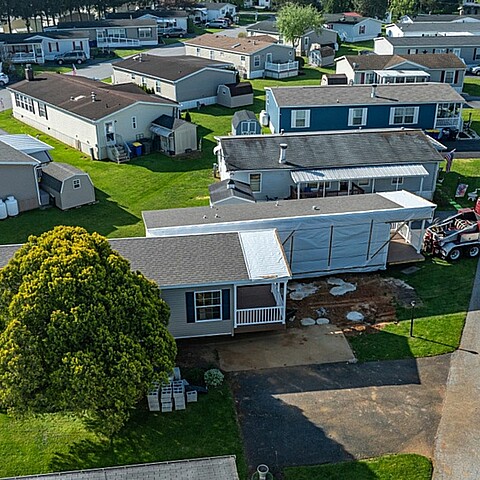Trending
Ozone layer on track to be restored within decades, UN report says
After scientists sounded the alarm that the ozone was significantly depleting, governments around the world have tried to work together to try to revert the damage
January 9, 2023 7:58pm
Updated: January 9, 2023 7:58pm
Earth’s ozone layer is on track to fully recover in about 43 years, as ozone-depleting chemicals are being phased out throughout the world, according to a new report by the United Nations published on Monday.
The Earth’s ozone layer, which protects the planet from ultraviolet rays, has been depleting since the 1970s. The damage has been so large that a hole in the ozone layer was created over Antarctica by substances such as chlorofluorocarbons (CFCs), which are found in refrigerators, aerosols, and solvents.
After scientists sounded the alarm that these substances were damaging the planet, governments around the world have tried to work together to try to revert the damage.
In 1989, the Montreal Protocol, an agreement involving 46 countries that seek to phase out these ozone-harming chemicals went into force. Since then the use of CFCs has decreased by 99%.
“In the upper stratosphere and the ozone hole, we see things getting better,” said Paul Newman, co-chairman of the scientific assessment.
If the amount of ozone-harming chemicals being produced continues to decline, the Earth’s ozone is expected to return to its 1980 levels by 2040, the report found. For some areas, the time required to recover might be longer: 2045 for the Arctic and 2066 for the Antarctic.
“Ozone action sets a precedent for climate action,” World Meteorological Organization Secretary-General Petteri Taalas said in a statement. “Our success in phasing out ozone-eating chemicals shows us what can and must be done – as a matter of urgency — to transition away from fossil fuels, reduce greenhouse gases and so limit temperature increase.”






